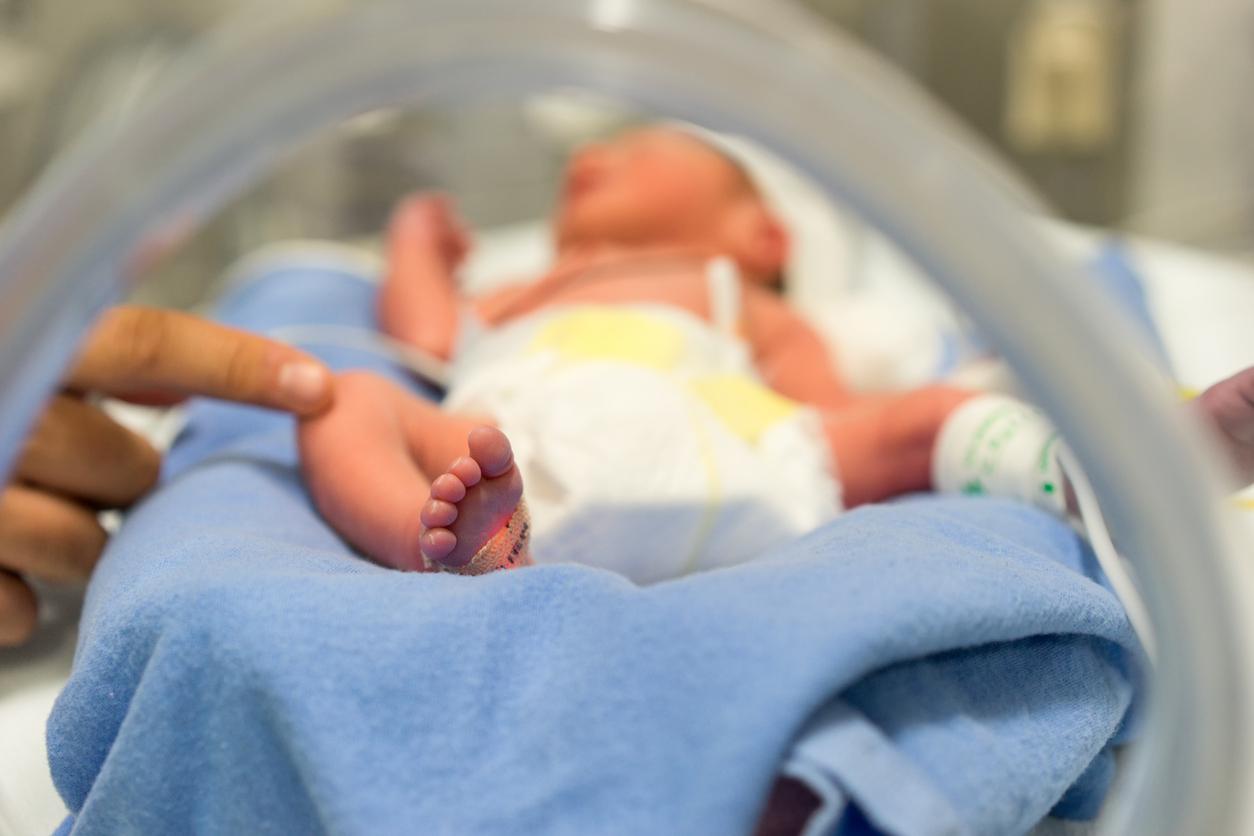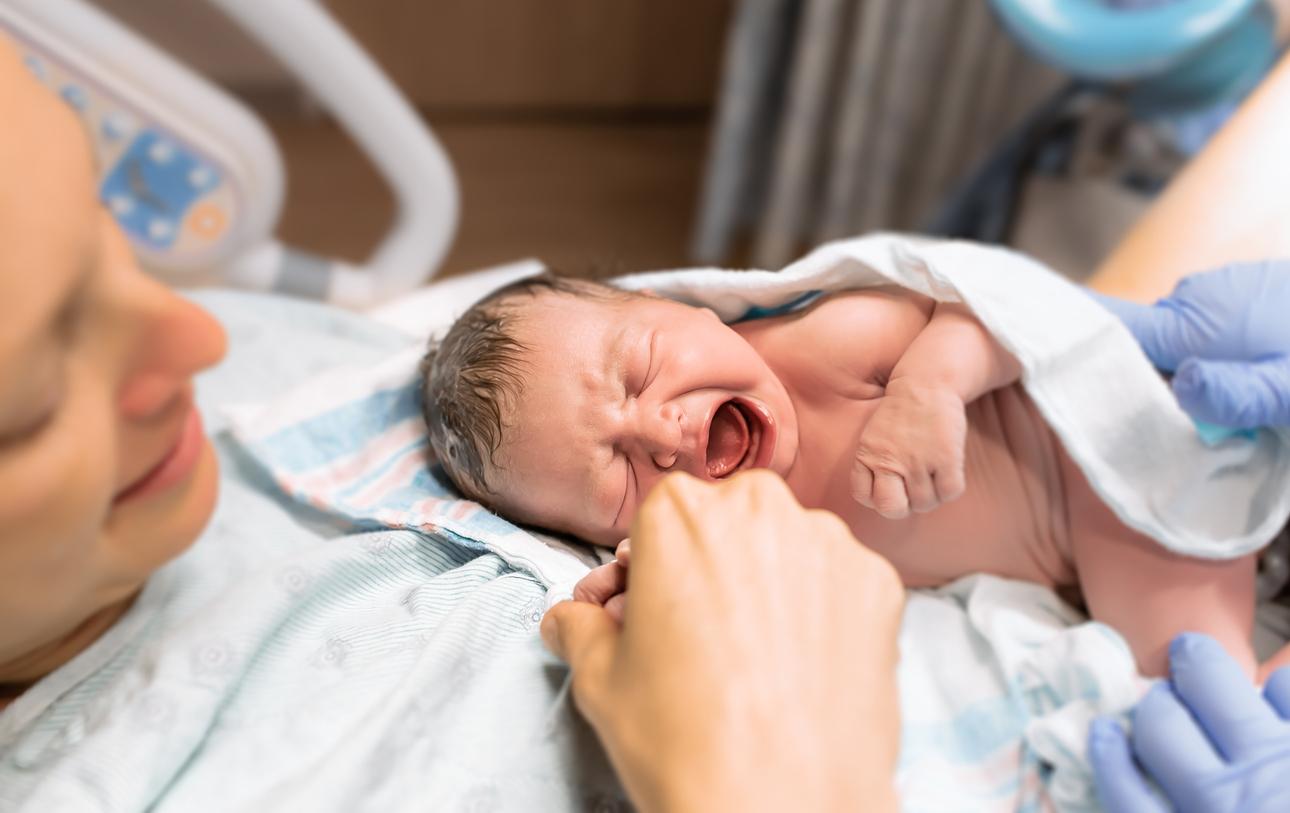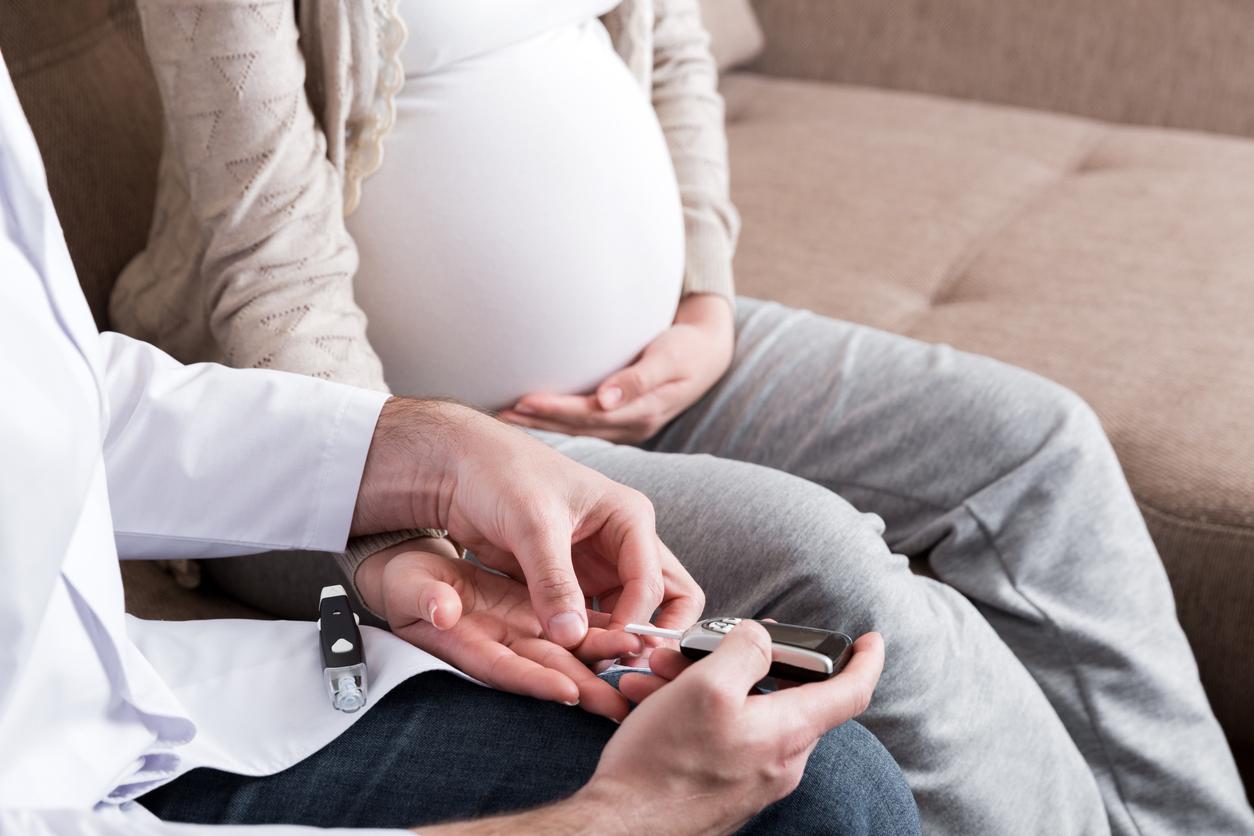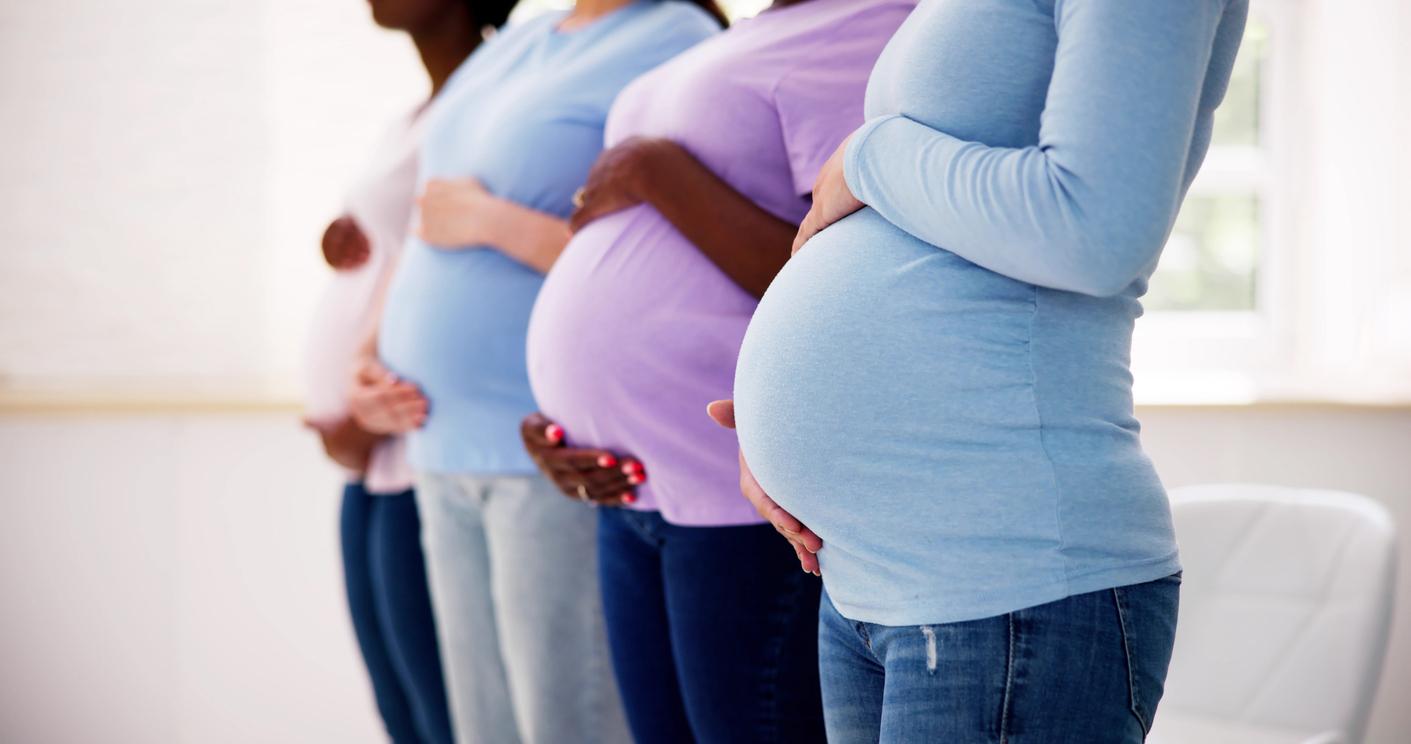The baby needs to move in the womb for its skeleton to develop properly. Thus, certain defects of the bones and joints would be associated with a lack of movement. But these can be corrected if activity resumes.

- Bone or joint malformations would be associated with a lack of movement of the fetus in the uterus
- Provoking these movements makes it possible to catch up on the articular delay
From an early age, physical activity is important… According to work by Irish researchers published in the journal Disease Models & Mechanisms it should even begin when the child is still in its mother’s womb! Indeed, certain skeletal defects, particularly concerning bone growth and proper joint development, could be associated with a lack of physical movement of the fetus at the start of pregnancy. But scientists have found that these delays, even after periods of stillness, could be corrected if movement resumes.
Inactivity can delay the development of bones and joints
Fetal movement in the womb is an integral part of a healthy pregnancy. Indeed, this is linked to the proper development of the baby because the activity releases the molecular signals which are then sent to the cells. Thanks to this phenomenon, these will then become muscular, osseous or nervous. In addition, fetal movement also has an impact on the bones, cartilage and joints of the future baby. On the other hand, if an embryo does not move, an inappropriate signal can be delivered by mistake, which would lead to the development of brittle bones or abnormal joints. The researchers therefore believe that if the movement is reduced or non-existent, the baby may have a delay in the development of its joints and bones. At birth, for the most inactive cases, some infants may have bone diseases.
Resuming activity quickly improves baby’s joints
In their study, the scientists wanted to analyze the benefits of the resumption of fetal movement after a period of inactivity at the start of pregnancy. They more specifically observed the repercussions of this on the formation of the joints and the spine. In other words, the goal was to determine if the delay incurred during a period of inactivity could be made up. For this, the researchers worked on chicken embryos, which develop in the same way as those of humans. According to their results, the resumption of fetal movement – at a normal to intense rate – markedly improves babies’ joints, especially those of the hips and knees. “This work essentially demonstrates that the resumption of movement can partially catch up on certain delays in joint development which, we hope, could improve therapeutic approaches on the effects of human fetal immobility”assures Paula Murphy, lead author of the study.
Avenues for future therapies
In contrast, developmental delay and inactivity-related spinal defects recover much less quickly. The researchers thus estimate that, even after the appearance of joint and bone problems linked to the lack of activity, these can be restored – more or less quickly – by the resumption of physical movements or by manipulation. “Skeletal abnormalities at birth are difficult obstacles to overcome for infants who will find it more difficult to lead a normal lifeconcludes Paula Murphy. Although the study does not immediately lead to new therapeutic treatments, it does provide insight into the types of therapies that could be beneficial.“When, then, will physiotherapy for the fetus be?
.















